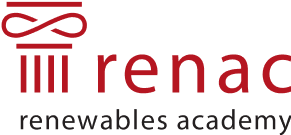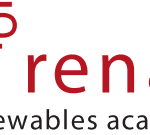This website uses cookies so that we can provide you with the best user experience possible. Cookie information is stored in your browser and performs functions such as recognising you when you return to our website and helping our team to understand which sections of the website you find most interesting and useful.
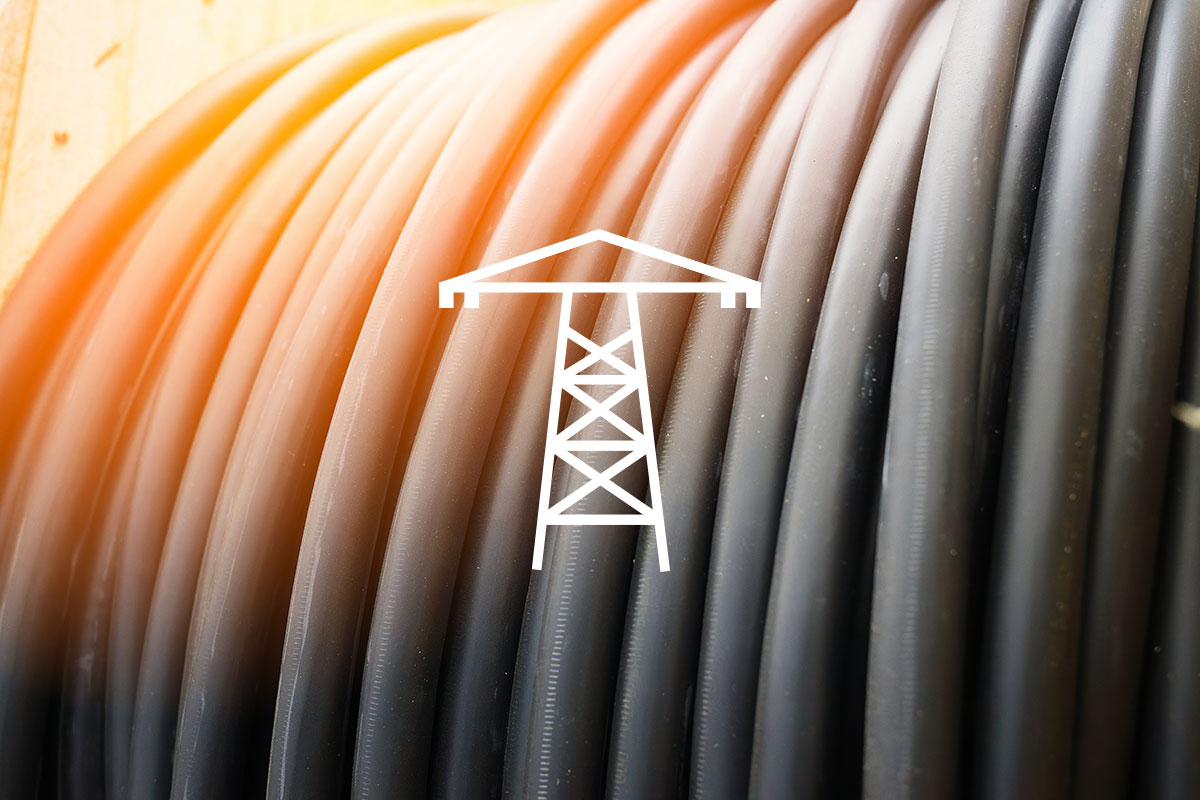
Inertia Requirements for Renewable Power Systems
- Power system planning
Frequency and inertia issues impact power system stability. This in-depth course covers the interplay between these issues. It also incorporates software for dynamic system modelling to investigate the necessary amount of inertia in power systems.
€240 excl. VAT
- 19% VAT: private customers resident in the EU, companies/ public organisations and NGOs in Germany
- No VAT: private customers resident outside the EU, companies/ public organisations and NGOs outside Germany
1 month
About 20 hours
English
Online
01/07/2023
03/07/2023
Description
Description
The increasing importance of renewable energy sources and the replacement of fossil fuel based power plants is changing the dynamics of modern electrical power systems and affecting their stability. Substituting conventional synchronous machines with power-electronic interfaced generation presents a challenge, particularly with respect to frequency behaviour.
This course focuses on frequency and inertia issues and how to approach them using dynamic power system models that are based on open-source software. However, it is noted that replacing synchronous machines with non-rotational sources also has other consequences.
The topics covered are:
- The Concepts of Power System Stability and Control
- The importance of Inertia in Renewable Power Systems
- Dynamic Power System Modelling (for experts)
- Case Study (for experts)
- Lessons learned
Receive a reminder one week before the registration deadline.
Learning Objectives
Learning objectives
After completing this course, you should be able to:
- understand the wider context of inertia’s importance to power system stability;
- distinguish the different timescales for frequency control;
- differentiate between conventional and renewable power plants in terms of their control behaviour;
- identify and determine relevant dynamic stability measures;
- recognise the different standards for frequency stability in different countries;
- define inertia (in the context of conventional power plants);
- illustrate renewable power system challenges, with respect to inertia;
- explain how decreasing inertia changes the frequency gradient;
- define measures to increase power system inertia, with or without storage solutions;
- operate a software solution for modelling the dynamic stability of power grids in order to investigate the necessary amount of inertia in relevant power systems;
- analyse a case study using the open-source software, PowerDynamics.jl, in order to evaluate different solutions to increase inertia; and
- identify measures for wind and PV generation that ensure that inertia does not become a limiting factor in integrating variable renewable energies.
Target Groups
Target groups
This course is suitable for those whom:
- are involved in grid operation and grid planning with wind and photovoltaic power;
- need to understand how inertia in the grid is altered by wind and photovoltaic development; or
- would like to use software to model the dynamic stability of power grids using wind power and photovoltaic power.
RENAC certificate upon successful completion of the course for participants who score 70% or higher on the exam.
Features
Features
Flexibility to study at any time and from any location
Moderated discussion forum for students
Multimedia learning materials
RENAC certificate upon successful completion of the training
We offer discounts for our alumni, group bookings, and multiple purchases. Contact us for further details.
Contact with learning facilitators
Self-assessments
Certification
Additional Information
Lecturers
Lecturers
There aren't any lecturers in this training.
-
Description
-
Learning Objectives
-
Target Groups
-
Features
-
Lecturers
Description
The increasing importance of renewable energy sources and the replacement of fossil fuel based power plants is changing the dynamics of modern electrical power systems and affecting their stability. Substituting conventional synchronous machines with power-electronic interfaced generation presents a challenge, particularly with respect to frequency behaviour.
This course focuses on frequency and inertia issues and how to approach them using dynamic power system models that are based on open-source software. However, it is noted that replacing synchronous machines with non-rotational sources also has other consequences.
The topics covered are:
- The Concepts of Power System Stability and Control
- The importance of Inertia in Renewable Power Systems
- Dynamic Power System Modelling (for experts)
- Case Study (for experts)
- Lessons learned
Receive a reminder one week before the registration deadline.
Learning objectives
After completing this course, you should be able to:
- understand the wider context of inertia’s importance to power system stability;
- distinguish the different timescales for frequency control;
- differentiate between conventional and renewable power plants in terms of their control behaviour;
- identify and determine relevant dynamic stability measures;
- recognise the different standards for frequency stability in different countries;
- define inertia (in the context of conventional power plants);
- illustrate renewable power system challenges, with respect to inertia;
- explain how decreasing inertia changes the frequency gradient;
- define measures to increase power system inertia, with or without storage solutions;
- operate a software solution for modelling the dynamic stability of power grids in order to investigate the necessary amount of inertia in relevant power systems;
- analyse a case study using the open-source software, PowerDynamics.jl, in order to evaluate different solutions to increase inertia; and
- identify measures for wind and PV generation that ensure that inertia does not become a limiting factor in integrating variable renewable energies.
Target groups
This course is suitable for those whom:
- are involved in grid operation and grid planning with wind and photovoltaic power;
- need to understand how inertia in the grid is altered by wind and photovoltaic development; or
- would like to use software to model the dynamic stability of power grids using wind power and photovoltaic power.
RENAC certificate upon successful completion of the course for participants who score 70% or higher on the exam.
Features
Flexibility to study at any time and from any location
Moderated discussion forum for students
Multimedia learning materials
RENAC certificate upon successful completion of the training
We offer discounts for our alumni, group bookings, and multiple purchases. Contact us for further details.
Contact with learning facilitators
Self-assessments
Certification
Additional Information
Lecturers
There aren't any lecturers in this training.
Testimonials
Interested in RENAC trainings?

Type of training:
Next Date:
Duration:
Fee:

Type of training:
Next Date:
Duration:
Fee:

Type of training:
Next Date:
Duration:
Fee:

Type of training:
Next Date:
Duration:
Fee:

Type of training:
Next Date:
Duration:
Fee:

Type of training:
Next Date:
Duration:
Fee:

Type of training:
Next Date:
Duration:
Fee:
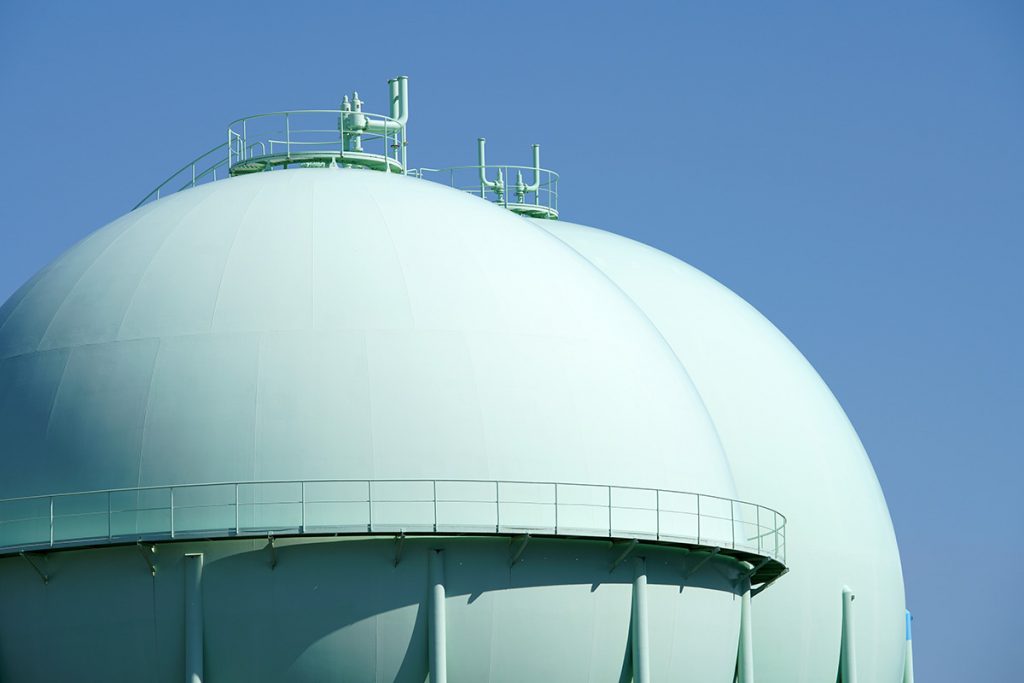
Type of training:
Next Date:
Duration:
Fee:

Type of training:
Next Date:
Duration:
Fee:
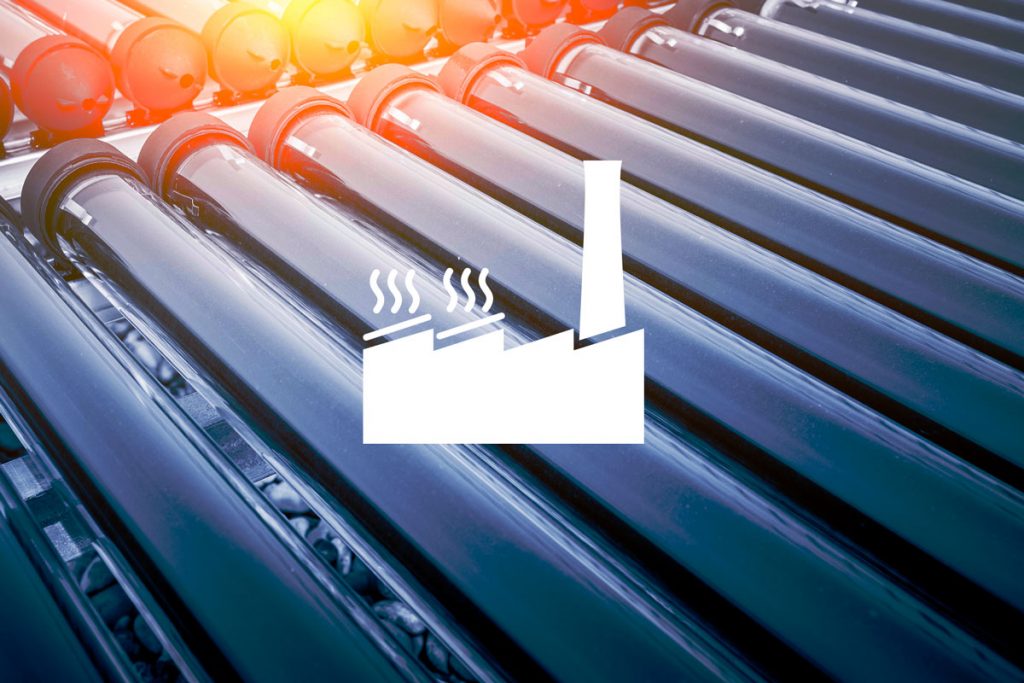
Type of training:
Next Date:
Fee:
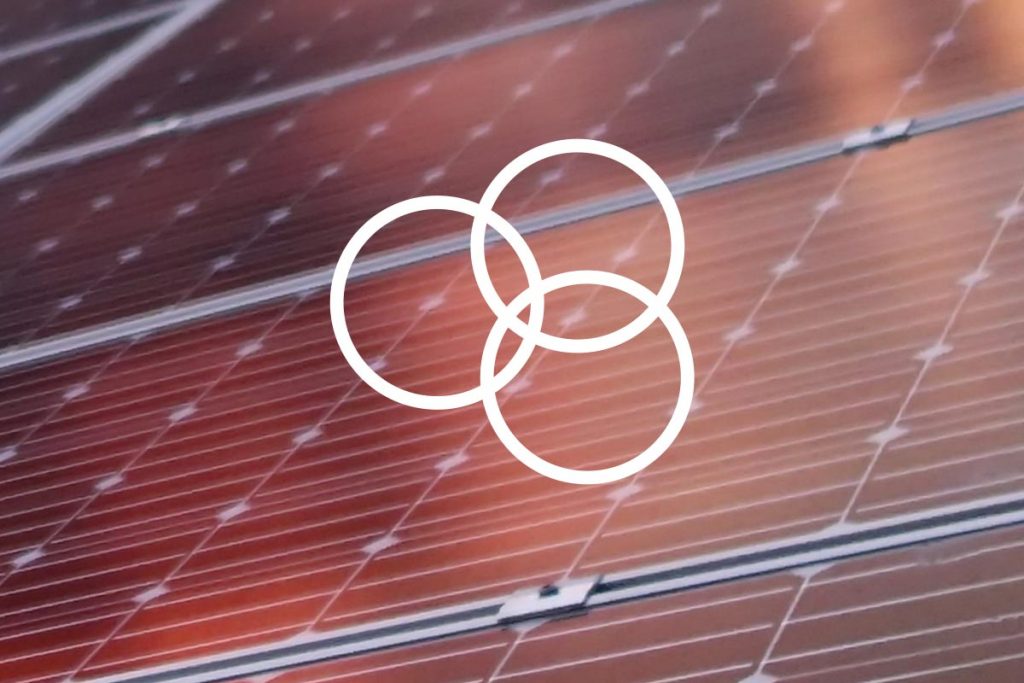
Type of training:
Next Date:
Duration:
Fee:
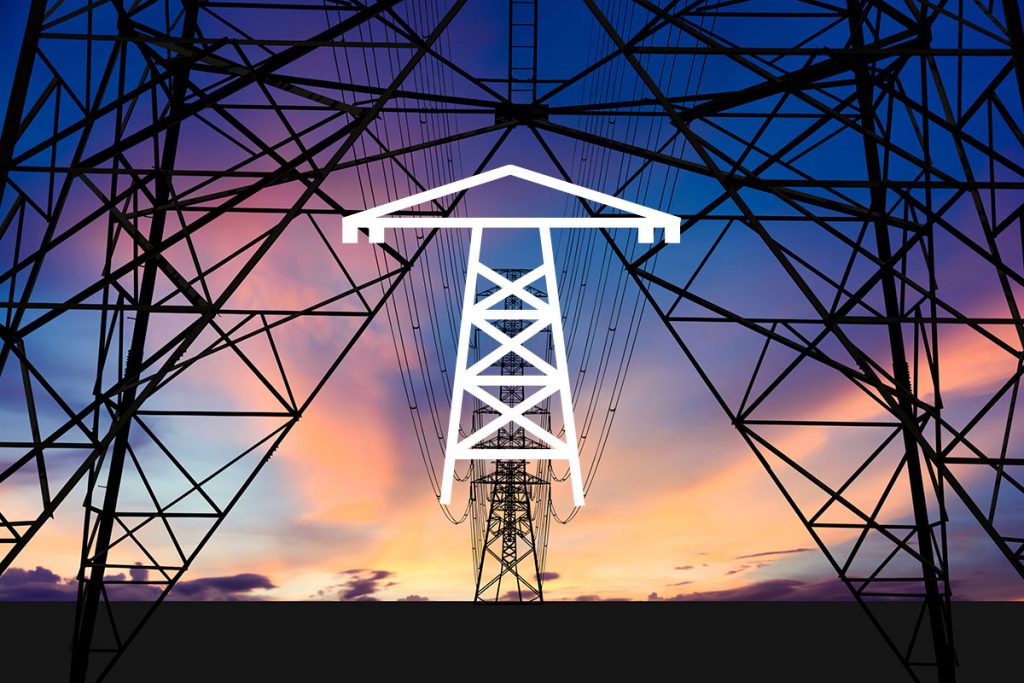
Type of training:
Next Date:
Duration:
Fee:
© 2024 | Renewables Academy (RENAC) AG
